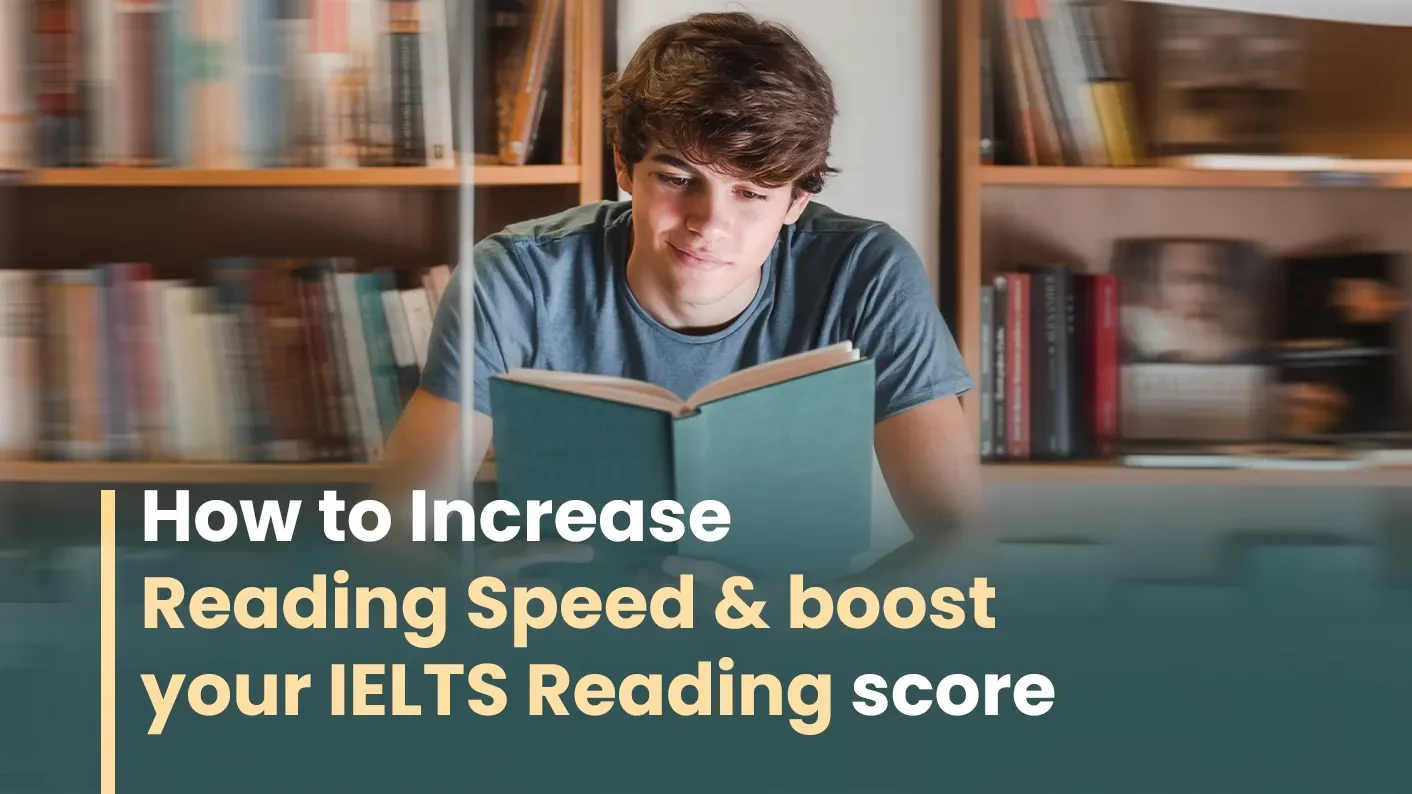
Are you familiar with the thrill of racing against the clock during the IELTS reading test?
The difference between success and failure is often determined by one critical factor: your reading speed. The ability to read quickly and accurately is essential in the IELTS exam.
This blog post will reveal the secrets to improving your reading speed, comprehension, and ultimately performance in the IELTS reading test.
Prepare to move one major step closer to achieving your IELTS goals as we delve into useful techniques and tips to make every second count. Let's get started!
You may also like: IELTS reading question types and how to navigate them
The Importance of Reading Speed
Reading speed is crucial in the challenging, time-constrained IELTS test environment. But why is it so important, exactly? Let's break it down.
Speed: The Key to Unlocking Better Performance:
You have 60 minutes to read three passages and respond to 40 questions on the IELTS Reading Test. A passage would take about 20 minutes to read. But wait! Besides that, you need time to analyse the questions, locate the solutions, and review your work. Those 20 minutes per passage suddenly seem like a lot less time.
Let's put it into context with an example:
Suppose that your average reading speed is 150 words per minute. An IELTS passage typically has 900 words. You would need 6 minutes (900 words / 150 words per minute) to read the entire passage. But keep in mind that's just reading. You haven't answered any questions yet!
However, if you read more quickly—say let's 300 words per minute—you could finish the same passage in just three minutes. Three additional minutes are now free to think about those challenging questions.
This example shows how important reading speed can be to your overall IELTS performance.
The Balance between Speed and Comprehension
Speed is important, but it's not the only thing that matters. Understanding is equally crucial. After all, the purpose of the test is to determine how well you understand what you've read, not to race to the finish line.
So what use is speed reading if you don't understand the meaning of the text?
Basically, your IELTS reading speed should be more of a quick walk than a sprint. It's important to strike a balance between understanding and speed. And this blog will teach us how to do just that
Understanding Your Current Reading Speed
Knowing where you stand is necessary before you can begin to speed up your reading. It's similar to running: You can't set a goal to run a mile in six minutes unless you know how long it takes you right now.
How do you measure your present reading speed, then? It's simpler than you may think!
Measuring Your Reading Speed
Here's a simple way to calculate your reading speed:
- Pick an English text, preferably a passage of around 500 words. This could be a newspaper article, a page from a book, or a part of an IELTS practice test.
- Set a timer for one minute and start reading.
- When the timer goes off, stop reading and count the number of words you have read.
- The number of words you've read in one minute is your reading speed.
Example: Let's say you read a passage of 230 words in one minute. This means your current reading speed is 230 words per minute.
The Average Reading Speed and Its Relation to IELTS
Let's now consider your reading rate in relation to others. Adult readers typically read between 200 and 300 words per minute. However, bear in mind that the 60-minute IELTS Reading Test has a word count of approximately 2,750.
Therefore, you should ideally have a faster reading speed in order to read all three passages and respond to the 40 questions in the allotted time. But keep in mind that it's not all about speed. The ability to understand what you're reading is also necessary. In order to ace your IELTS Reading Test, you must find the right balance between speed and comprehension.
In the next section, we will talk about techniques to help you boost your reading speed without sacrificing understanding. So, stay tuned!
Techniques for Improving Reading Speed
Mastering these techniques will not only help you read faster but will also improve your comprehension of the text. Let's look at each technique in more detail and see how you can use it.
Chunking: Grouping Words Together
It's like eating a big slice of cake. Would you try to eat it all in one bite, or would you cut it up into bite-sized pieces? Reading is similar. Instead of focusing on each word individually, chunking involves scanning groups of words at once. For example, rather than reading each word in the phrase "The quick brown fox," your eyes should take in the entire phrase as one chunk. This method allows your brain to process information more quickly, allowing you to read more quickly and efficiently.
Skimming and Scanning
Here are two key strategies for navigating your reading material quickly and intelligently:
Skimming is the process of quickly reading through a text to get a general idea of its content. You don't have to understand every detail, but you should be able to grasp the main points. When skimming a news article, for example, you might read the headline, subheadings, and first few lines of each paragraph.
Scanning is similar to using a spotlight in a dark room. You want to find specific information or keywords without having to read every single word. For example, if the text is about global warming and the question is about the effects on polar bears, you would scan the text for the term "polar bears."
Avoiding Subvocalization
Many of us have the habit of silently pronouncing the words as we read, which is referred to as subvocalization. While this can help you understand complex sentences, it usually slows your reading speed. To break this habit, try visualising the text's content or meaning rather than 'hearing' each word in your head.
Expanding Your Vocabulary
The more words you know, the faster you will be able to read and comprehend the text. Here are some ideas for expanding your vocabulary:
- Read a variety of texts, including newspapers, novels, and scientific articles.
- Use flashcards to learn new words and their meanings.
- Practice using new words in sentences to understand their usage.
Keep in mind that speed reading does not imply rushing through a text. It is all about effectively managing your time and comprehending the material at a faster rate. To master these techniques, you must be patient and persistent in your efforts.
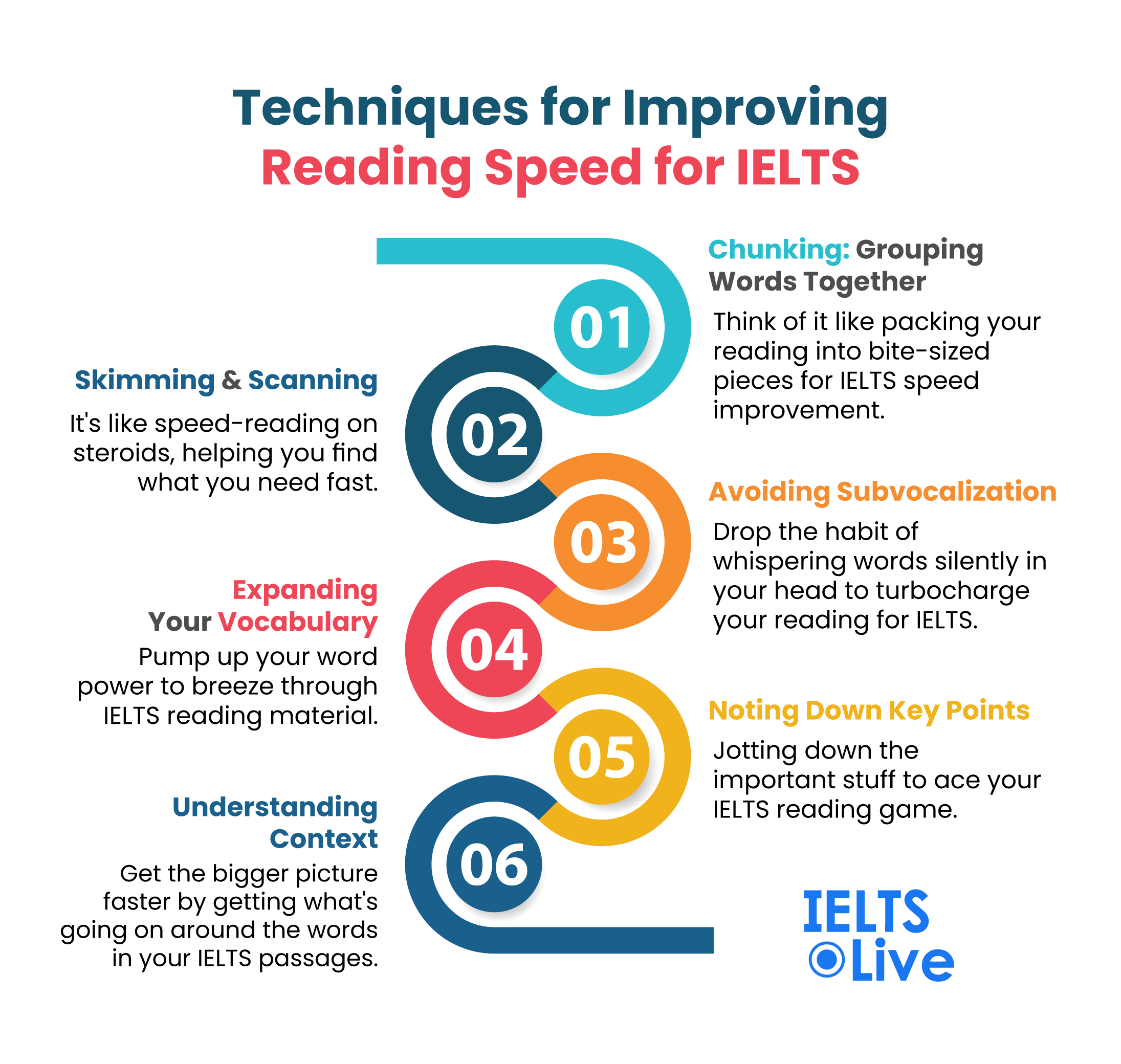
Techniques for Enhancing Reading Comprehension
Speed is not the only factor in IELTS success. You must comprehend the material you are reading. Let's explore a few methods for improving your reading comprehension:
Active Reading
Active reading involves more than simply scanning the text with your eyes. This could imply:
- Highlighting or underlining important words or concepts. You might underline words like "carbon emissions," "rising temperatures," and "sustainable alternatives" in a text about global warming, for instance.
- Asking yourself questions about the text. What is the key message? What does the writer intend to argue?
- Summarizing sections in your own words. This makes sure you fully comprehend what is being said.
Noting Down Key Points
Make an effort to make notes of important ideas as you read. This serves to further solidify the knowledge and will be useful when responding to inquiries. Write down something like, "Impacts include: rising sea levels, more intense storms, and threats to biodiversity," after reading a paragraph about climate change.
Understanding Context
Context is crucial for understanding a text. Consider why the text was written, who the intended audience is, and what the broader topic is. For example, an article about the benefits of electric cars might have a different tone and content if it's written for a car enthusiast magazine versus a scientific journal.
Identifying the Main Idea and Supporting Details
The text's main idea serves as its key message. Examples, data, or concepts that back up this main idea constitute supporting details. In a text on healthy eating, the main idea might be, "Eating a balanced diet is important for overall health," with supporting information on particular foods, nutritional research, and health advantages.
Just like building muscle, improving your reading speed and comprehension requires regular exercise and commitment. But with these techniques, you'll be well on your way to improving your IELTS reading section score! Good luck on your path to success!


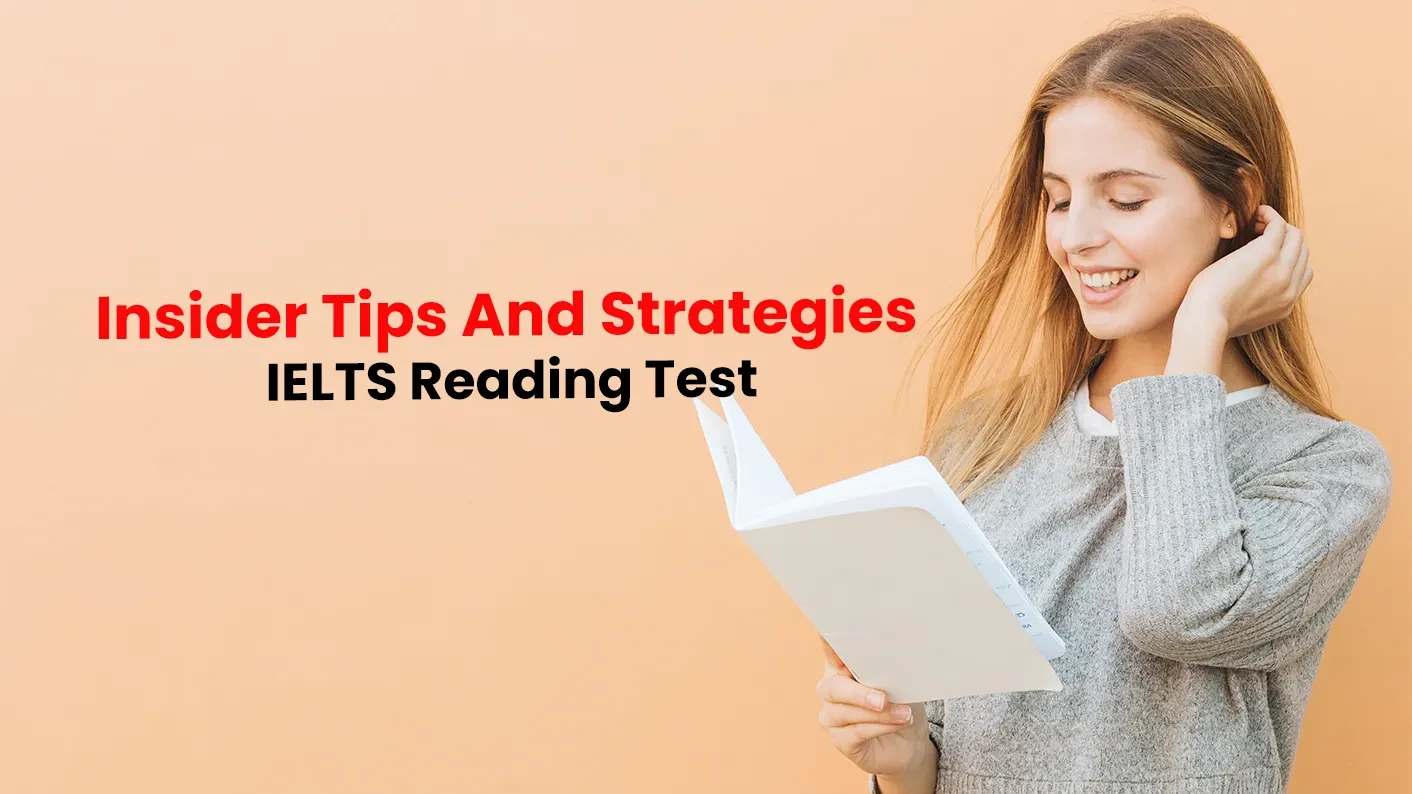
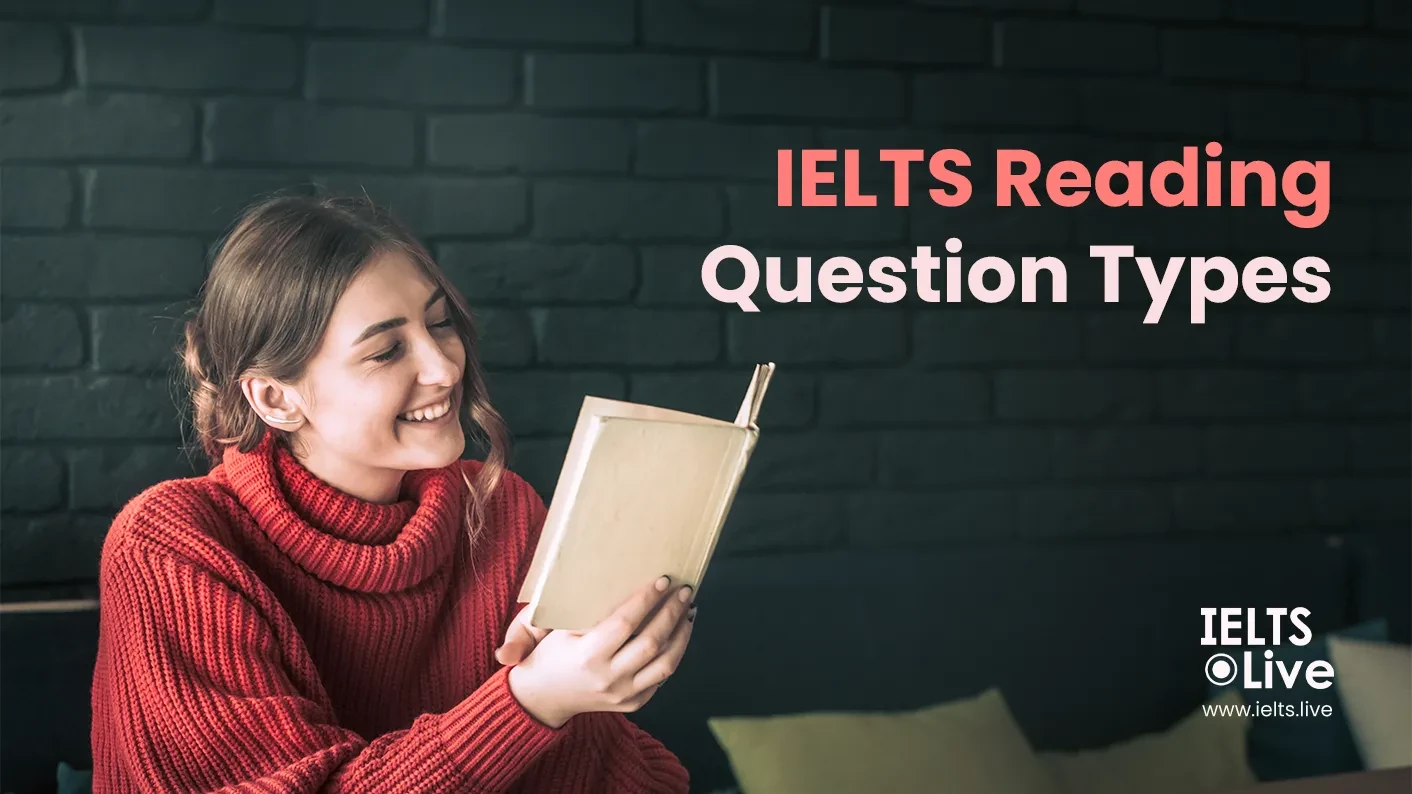
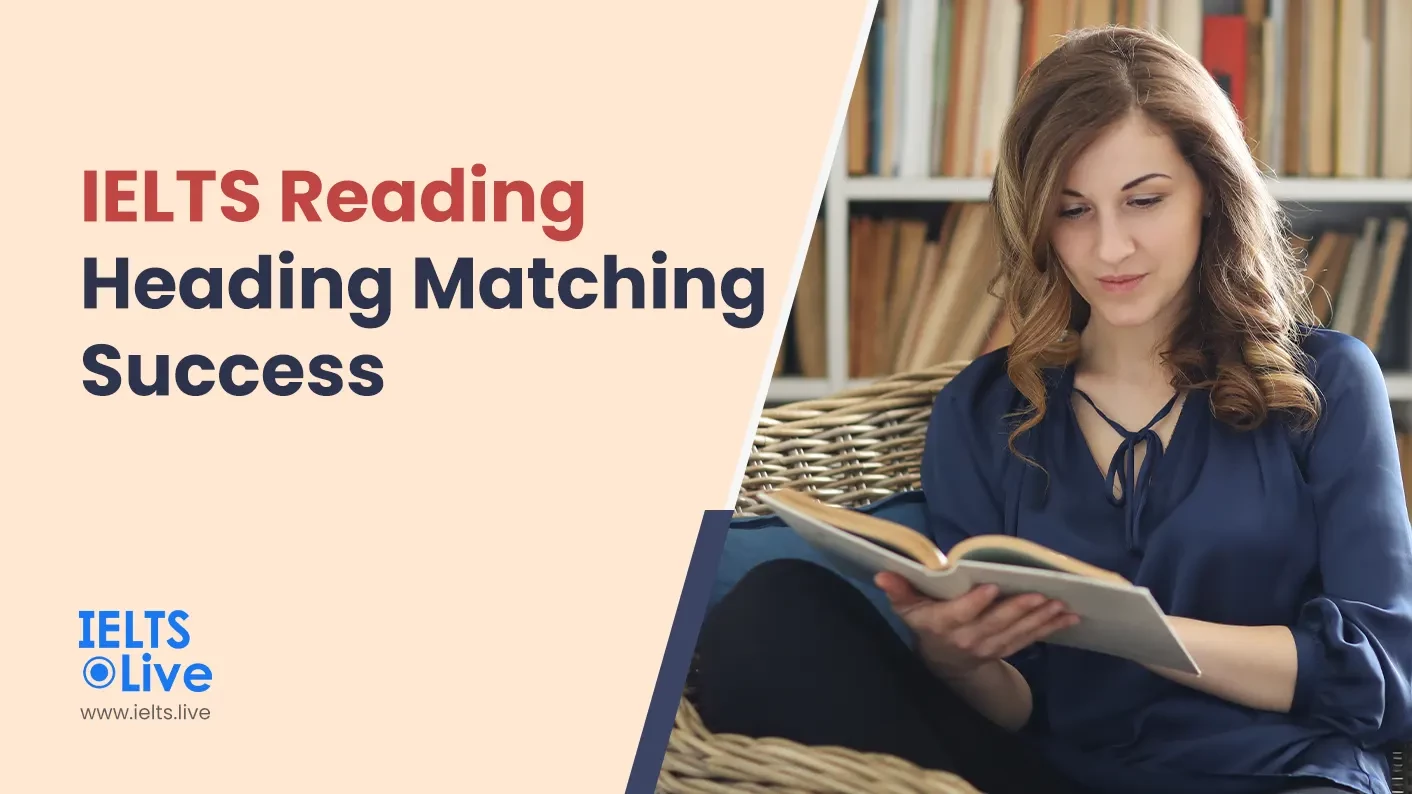



0 COMMENTS